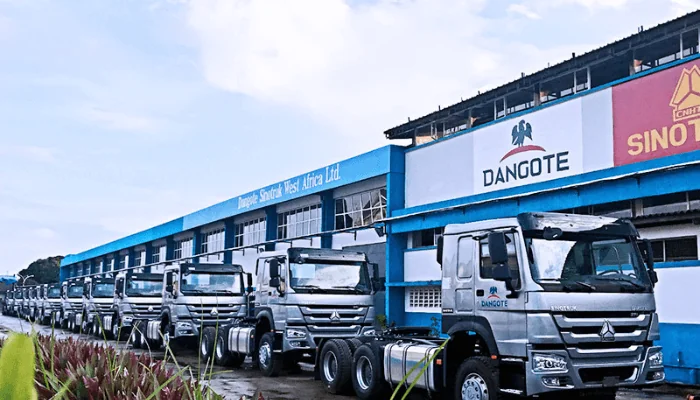By Ayomide Otitoju
In Africa, the agricultural sector is at the heart of economies. With a contribution of 30% of GDP and 55% of the working population in agriculture, the industry is of paramount importance for the continent’s socio-economic development.
African agriculture has considerable assets. On the one hand, Africa is full of vast tracts of arable land, precisely 65% of the arable land available on the planet. On the other hand, the continent can count on a diversity of agro-ecological zones and climates, which creates a vast potential for agricultural products grown and marketed on domestic and export markets.
Despite rising production levels in recent years, the African continent continues to be a net importer of agricultural products to meet the basic food needs of its population. Despite structural changes, the import bill will rise from $45 billion in 2019 to $100 billion by 2030. The agricultural sector could lead to unprecedented socio-economic development on the continent, with high economic growth rates.
At the heart of the agricultural sector are small family farmers, who make up nearly 80% of the farming population. They carry most of the continent’s production. This family structure of farms largely determines decision-making processes, work organization, and the management of production factors.
This model explains the modest size of the plots, limited technological and capital levels, and therefore the low agricultural productivity of these family farms. Modest yields are essentially the result of common use of fertilizers and seeds, a lack of mechanization, due to lack of access to appropriate financial services.
Therefore, an agricultural revolution in Africa will have to be supported by a comprehensive approach centered around farmers, facilitating their access to inputs, training, and financial instruments. More importantly, farmers will need access to structured markets to market their products and grow their businesses.
Modernization is essential to increase agricultural yields, given the challenges. This modernization project is one of the flagship projects of the African Union, materialized in its Agenda 2063. The first aspiration of this ambitious plan is to achieve a “prosperous Africa based on inclusive growth and sustainable development” through a radical transformation of agriculture, which will enable the continent to feed itself and be a significant player as a net food exporter.
The Comprehensive Africa Agriculture Development Programme (CAADP) is one of the continental frameworks of Agenda 2063. It aims to help African countries eliminate hunger and reduce poverty by promoting economic growth through agricultural-oriented development and increased budgets for the agricultural sector.
Through the ADADP, African governments should increase the level of investment in agriculture by devoting at least 10% of their national budgets to agriculture and rural development and achieve an agricultural growth rate of at least 6% per year
As part of the 10th anniversary of the CAADP, the AU launched the “Year of Agriculture and Food Security” in 2014. The culmination of this symbolic year came at the 23rd Ordinary Session of the Malabo Assembly in Equatorial Guinea.
The Heads of State and Government adopted the Malabo Declaration on Accelerated Growth of Agriculture and Transformation for Shared Prosperity and Improved Livelihoods.
AU Heads of State and Government have pledged to eradicate hunger by 2025. To achieve this, they have also committed to halving current post-harvest loss levels by 2025.











